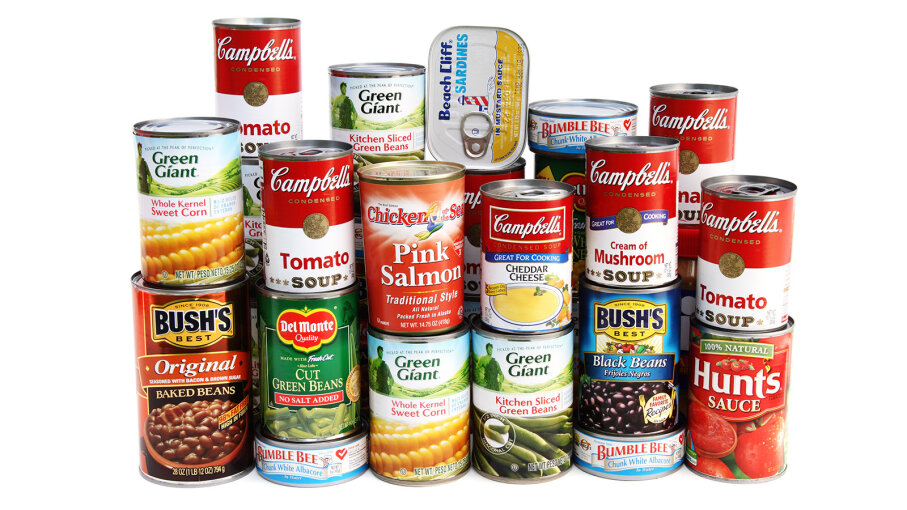The five facets of being prepared
Prepping today requires a well rounded process concentrating on one facet at a time. There is little sense stockpiling food and water if you don’t have a secure location to keep it safe. There would also be little use creating a fortress if you have nothing to defend. There are five basic facets to prepping and each should be addressed in rotation and incrementally. Let’s take a look at each of the facets and simple beginning steps you can take for each one.
Facet 1 – Shelter
Most of us consider shelter as a place to live. A house, apartment or other such living quarters. In fact, you first thought about shelter should be the first line of defense from the elements, which would be proper clothing. Warm clothing is obviously a concern in our Canadian climate. Thermal underwear, warm coats, boots and other outerwear are essential.

Facet 2 – Sustinance
Food and drinkable water are of great concern for the prepper, with potable water being a priority. With water being in abundance during normal times, it is easy to stockpile using empty soda bottles. When properly washed, these bottles will hold water indefinitely. Keep some air space to prevent breakage in case of freezing. Contrary to popular belief, you do not need to add bleach to the water. I have used water stored this way after years and there was no affect. Keeping the bottles in a dark cool place helps.
As for food, just pick up a few extra shelf stable items every time you shop, taking advantage of weekly specials. Rotate this food in your everyday use by using the FIFO (First In First Out) method. You can also look for shelf stable options for perishables such as powdered milk or butter.

Facet 3 – Medical
Minor cuts and abrasions are more likely when your working at surviving a disaster and can lead to major issues such as infections. Having the most advanced and expensive trauma medical kit is useless if you don’t know how to use it. Getting basic first aid training is essential. If your workplace is looking for volunteers to be trained as the workplace first aider, take advantage of that often free training. Otherwise, you can take these basic courses through various public resources such as the Red Cross. Once you know what to do and how to use the supplies, you can go ahead and start putting together a first aid kit for your home and vehicles.

Facet 4 – Security
When researching preparedness security you will find a mind numbing number of online articles about guns for self defense. Forget about that for now and NEVER try to get a PAL for the reason of self defense. Start again with the basics like installing quality locks on your doors and windows. Motion sensing, solar powered yard lights are a good place to start as well.
Facet 5 – Communications
Diving into the realm of amateur (ham) radio is not a bad idea, but certainly not your first step. Today, almost everyone has access to social media accounts and news apps using smart phones. Using data or texting is often easier in a disaster scenario than trying to make a phone call to loved ones. Be aware though that you need to have battery power to use them, so having a rechargeable battery bank is a good idea. Keep in mind that cell networks may not work for long if at all. Keep a battery powered AM/FM radio handy (along with a supply of batteries) to keep informed on the local situation. Some models will also have options for NOAA (weather radio) as well as a hand crank charger that can also be used to charge up cell phones.
Work on one facet at a time, perhaps making it a goal to tackle one facet per week then move on to the next facet the next week, and so on. Once you have gone through basic steps in each facet, go back to the beginning and upgrade each, one at a time. This will ensure a balanced preparedness plan and ensure you don’t have holes in your plan.

